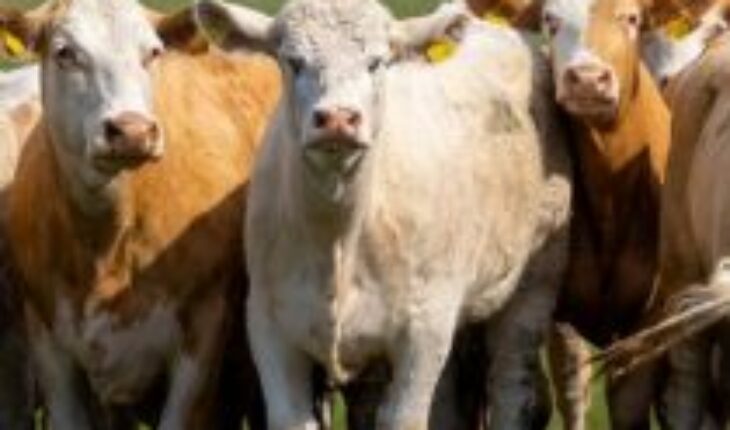Livestock generates two-thirds of the greenhouse gas emissions of the agricultural sector, which together with forestry and other land uses is responsible for 22% of these gases of human origin, explains the OECD.
“Short-term agricultural policies in response to global crises must simultaneously address current challenges and reforms that seek to fight climate change and distortions in international markets,” the organization said in a report published on Thursday.
The report analyses data from the 48 member countries and eleven major emerging economies. The Organization for Economic Cooperation and Development (OECD), which will hold a ministerial meeting on November 3 and 4 in which other partner countries will participate in addition to its members, dedicated to the challenges of building a sustainable sector, explains that only the methane generated by ruminants with the fermentation of their digestion accounts for 42% of the emissions that cause the greenhouse effect of agriculture.
Manure contributes 8%, both methane and nitrous oxide, and to that we must add the impact of its deposition on the earth. Beyond livestock, rice cultivation alone accounts for 11% of agricultural emissions in the 54 countries studied.
India, China and the United States, but also Brazil
In absolute terms, the countries that contribute the most to climate warming with their agriculture are, by far, India (with about 750 million tons of carbon dioxide equivalent per year), China (with about 700 million) and the United States (with about 650 million). In fourth position is Brazil, the country that pollutes the most in relation to its production, with about 550 million tons and in fifth the block of 27 countries of the European Union (EU) with about 400 million.
Aid to the agricultural sector in the period 2019-2021 totaled 817,000 million dollars per year in the 54 countries covered by the study, which means an increase of 13% compared to the previous triennium. The OECD pointed out that this increase is partly explained by specific factors linked to public policies in favor of consumers and producers during the coronavirus crisis. Of that total aid, $500 billion was from public subsidies and the rest from transfers via price increases.
Four months after the Russian offensive in Ukraine, the organization estimates in the report that, while “general availability” [de alimentos o fertilizantes] it is still enough at the moment, the increase in the prices of these products creates new challenges”, especially in the poorest countries.
Follow us on





